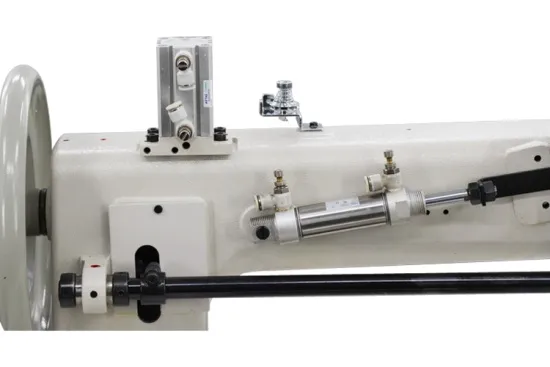Industrial Overlocking Machines for Efficient Seam Finishing and Professional Quality Tailoring
The Industrial Overlocker A Game Changer in Textile Manufacturing
In the world of textile manufacturing, efficiency and precision are paramount. Among the essential machines that have revolutionized the industry is the industrial overlocker. Known for its ability to create professional-grade seams and finishes, the overlocker plays a crucial role in garment production, providing both durability and aesthetic appeal.
An industrial overlocker, also known as a serger, utilizes multiple threads to stitch seams and finish edges simultaneously. This unique capability not only enhances the speed of production but also reduces the labor-intensive nature of sewing by eliminating the need for finishing garments separately. This machine is especially valuable in high-volume settings where time is of the essence, allowing manufacturers to meet the demands of fast-fashion trends without compromising quality.
One of the standout features of the industrial overlocker is its ability to trim and overcast raw edges
. As fabric is fed through the machine, the overlocker trims the edges while simultaneously sewing them, preventing fraying and ensuring that the finished garment is both neat and professional. This capability is especially beneficial when dealing with stretchy fabrics, as it allows the seams to maintain elasticity, which is crucial for garments like t-shirts, leggings, and activewear.industrial overlocker

In addition to its basic functions, modern industrial overlockers come equipped with various features that enhance their versatility. Many models offer adjustable stitch lengths and widths, allowing operators to customize the finish according to the specific needs of a project. Specialized attachments and feet can also be added for unique applications, such as flatlocking or rolled hems, further expanding the machine’s capabilities.
The economic advantages of using an industrial overlocker are significant. By streamlining the sewing process, manufacturers can increase output and reduce labor costs. With fewer steps involved in finishing garments, the overlocker contributes to a more efficient workflow, allowing factories to maximize productivity. Additionally, the high-quality seams created by these machines often result in fewer returns and defects, ultimately leading to greater customer satisfaction.
Furthermore, the durability of overlock seams plays a significant role in the longevity of garments. Overlocked edges are less prone to unraveling and fraying, which ensures that the finished products withstand the rigors of everyday use. This durability is particularly important in a competitive market where consumers seek high-quality, long-lasting apparel.
In conclusion, the industrial overlocker is an indispensable machine in the textile manufacturing sector. Its ability to create professional seams while simultaneously finishing raw edges sets it apart from traditional sewing machines. With advancements in technology, these machines continue to evolve, offering enhanced features that cater to the dynamic needs of the industry. As the demand for efficient and high-quality garment production grows, the significance of the industrial overlocker will undoubtedly continue to rise, solidifying its status as a game changer in textile manufacturing.
-
Boost Production Efficiency with a Pattern Sewing MachineNewsAug.29,2025
-
Industrial Excellence with the Best Heavy Duty Sewing MachineNewsAug.29,2025
-
Precision and Power with the Best Pattern Sewing MachineNewsAug.29,2025
-
Reliable Bulk Packaging Starts With the Right FIBC Sewing MachineNewsAug.29,2025
-
Advanced Packaging Solutions: Elevate Productivity with Jumbo Bag Sewing Machine and Industrial Stitching EquipmentNewsAug.29,2025
-
High-Performance Solutions for Bulk Packaging: FIBC Sewing Machine and MoreNewsAug.29,2025
-
Maximize Efficiency with an Industrial Cylinder Arm Sewing MachineNewsAug.28,2025


























